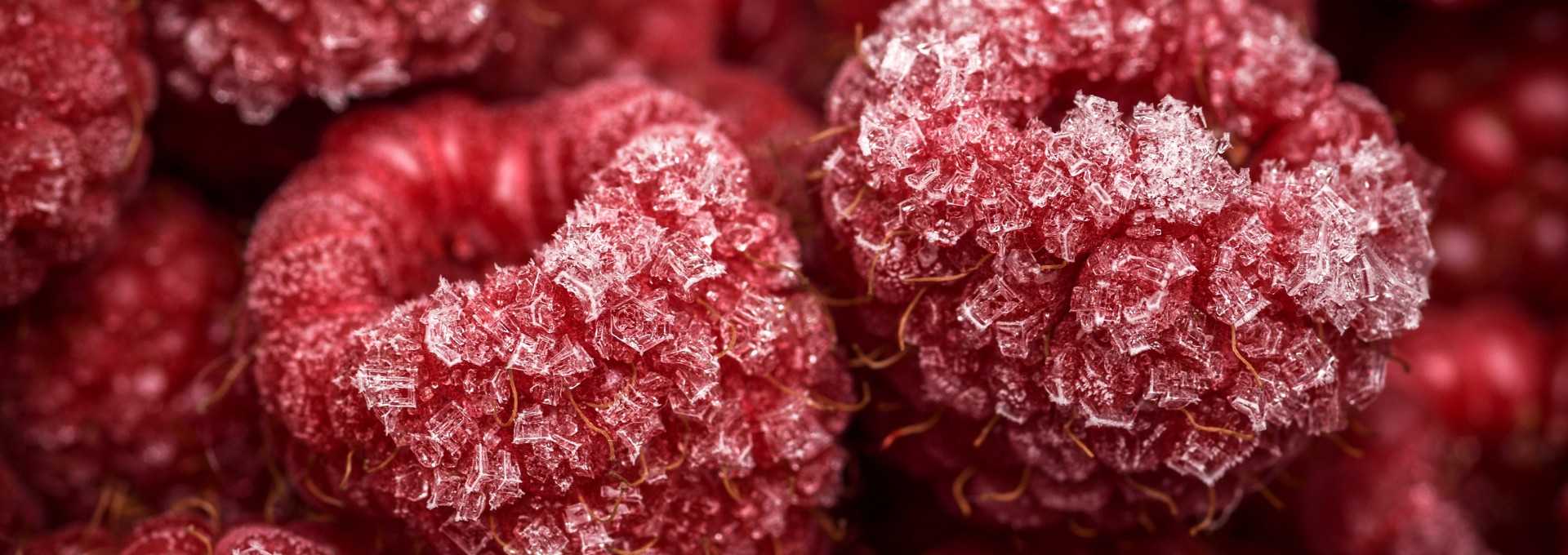

The purpose of quick-freezing as a preservation method is quite simple. It allows products to be consumed for a much longer period without significant quality degradation, often spanning several months or even years. In their frozen state, products retain their original flavour and texture, providing nearly the same enjoyment value as fresh products after thawing.
A product is considered frozen when its core temperature (measured from the surface to the most remote point) reaches -18°C. Freezing significantly slows down the chemical and biochemical processes occurring within the product. Once thawed, these processes accelerate, hence it is crucial to consume the thawed product shortly and to not refreeze it. Product labels warn against refreezing with: "Do not refreeze after thawing!"
Freezing involves three phases:
Freezing significantly slows down the chemical and biochemical processes in the product, but these processes speed up again after thawing.
Particularly close attention must be paid to maintaining the cold chain after the product has been frozen. Therefore, the product must be stored and transported at -18°C until it is ready to be consumed. This is often challenging to achieve in practice, which is recognized by authorities, allowing the product's temperature to rise to -15°C during transport and storage.
The advantages of quick-freezing technology include:
Note: Frozen products have the same sensory properties and nutritional values as pre-chilled products before consumption. The significant difference between the products is that preservation through freezing provides enough time to consume them within the shelf life.




